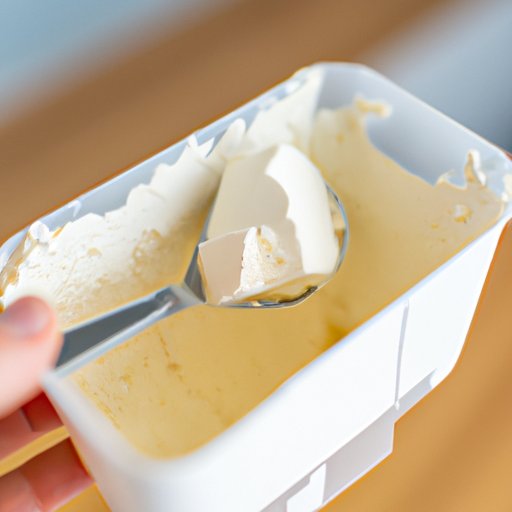
Introduction
We’ve all been there: we plan to make a delicious cheesecake or a savory dip, but when we take our cream cheese out of the fridge, it’s rock hard. Trying to mix it only leads to clumps and frustration. Fortunately, there are several easy methods for softening cream cheese quickly so you can get back to cooking and enjoying your dish.
Room Temperature Method
The simplest way to soften cream cheese is to leave it out on the counter for about an hour before using it. Make sure your kitchen isn’t too warm or the cheese could spoil. If you’re in a rush, you can cut the cheese into small cubes to speed up the process. This method is convenient but does require planning ahead.
Microwaving Method
If you’re short on time, microwaving your cream cheese is a great option. Start by unwrapping the cheese and placing it on a microwave-safe plate. Microwave it for 15 seconds at a time, checking the consistency frequently. Be careful not to overdo it, as melted cream cheese can be unusable.
Double Boiler Method
If you’re worried about over-microwaving, the double boiler method is a gentle way to heat your cream cheese. Fill a pot with a few inches of water and set it on the stove over medium heat. Take a heat-safe bowl, place the cream cheese inside, and put it on top of the pot. Whisk the cheese occasionally as it warms and softens.
Grating Method
Grating your cream cheese is an unconventional method, but it works. Start by taking your cheese out of the fridge and letting it sit on the counter for about 10 minutes. Once slightly softened, grate your desired amount of cream cheese into a bowl and stir it with a spoon until it reaches the desired consistency. This method is quick and easy but requires a cheese grater.
Mixer Method
If you have a mixer, this method is for you. Cut your cream cheese into cubes and place it in the bowl of the mixer. Attach the paddle or whisk attachment and mix the cream cheese on low speed until it softens to your preferred consistency. This method ensures the cream cheese is evenly softened but requires special equipment.
Plastic Wrap Method
Another unconventional method involves wrapping your cream cheese block in plastic wrap and flattening it with the bottom of a measuring cup or glass. Press gently until the cheese is soft and pliable. This method allows you to customize the amount of pressure needed, but can feel a bit messy.
Hot Water Method
For a quick solution, try the hot water method. Take your block of cream cheese and put it in a sealable plastic bag. Submerge the bag in hot (not boiling) water for 10 minutes. Remove the bag and check the cheese. Repeat if necessary. Be careful not to let water touch the cheese.
Conclusion
With these seven methods in your tool kit, you’ll never have to deal with hard cream cheese again! Experiment with the different methods to see which ones work best for you. Whether you have time to plan ahead or need to soften cream cheese quickly, there’s a method that will work for your needs.




